What is a pet proof, safe and durable wood floor sealer?
My floors are stranded bamboo and want the most durable protection and easy to clean. Very hard to get floor clean now. I need to refinish all and also replace some boards from water damage. Want to have a super durable and safe sealor, probably satin finish most likely. Thank you, Gail








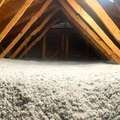


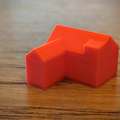




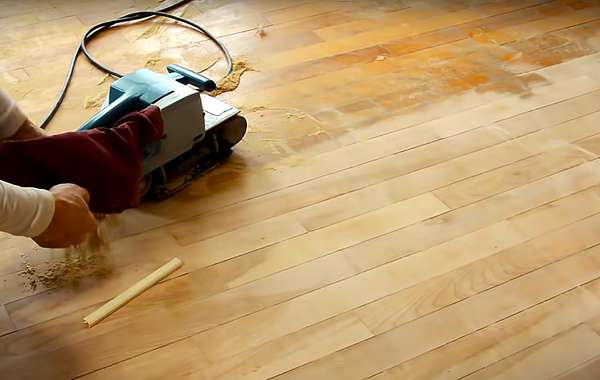
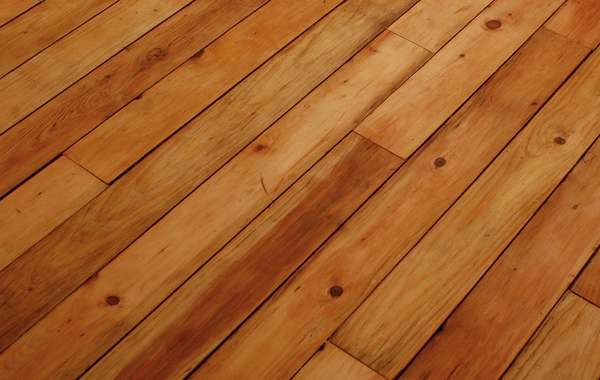
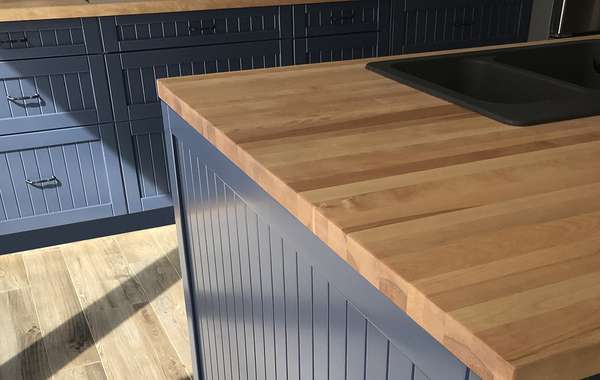
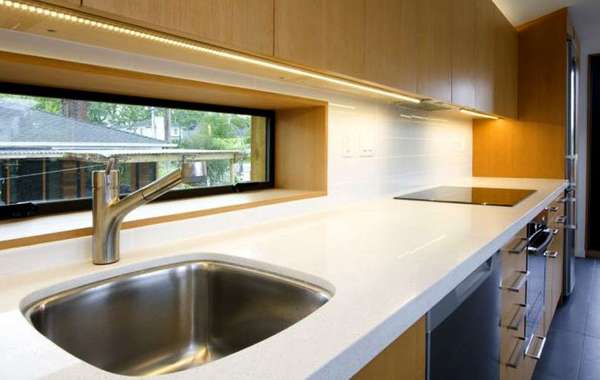
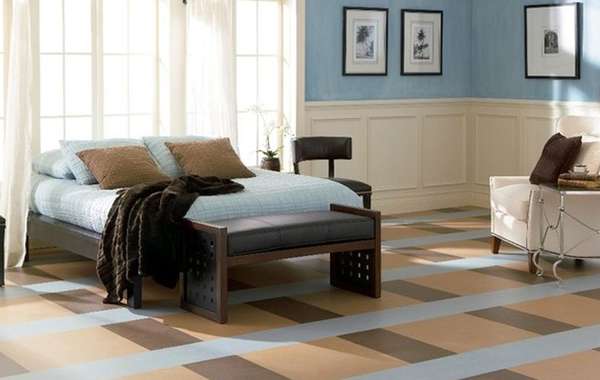
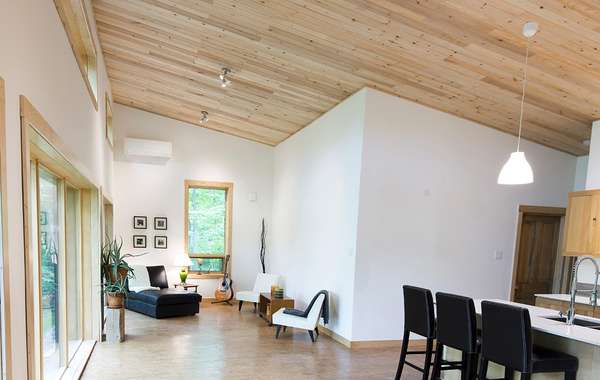
The healthiest floor sealer and the easiest to maintain when damaged by pets and tiny muddy feet would be a natural wood oil finish, you can read more here –
Natural Food Safe Wood Finishing Oil for Floors, Counters & Decks
Anytime you have clawed feet on a wood floor you will be at risk of scratches to the wood and the sealer, so its more about finding one that is easier to repair when the scratches happen. Most wood floors are finished with a varnish, which you can think of as a liquid plastic waterproofing coating that penetrates slightly, but mostly sits on top and hardens. So that surface is easily scratched, and a bit difficult to bring back to it’s original state and not see the repaired section, without re-doing the entire floor.
One of the benefits of using a natural oil for finishing floors, beyond keeping toxins out of your home and protecting your indoor air quality, is that it is a penetrating oil and so it is much easier to repair damage and high traffic areas and blend it with the rest of the floor. You can hand sand an individual spot or busy part of a hallway and swipe some more (of the same) oil on it, and with a bit of work blending it, it shouldn’t be that noticeable. That said, like any painting or wood finishing project, its best to do a small section first to hone your technique, but also to see that you like the look.
Also read our guide on:
Refinishing hardwood floors - the definitive guide